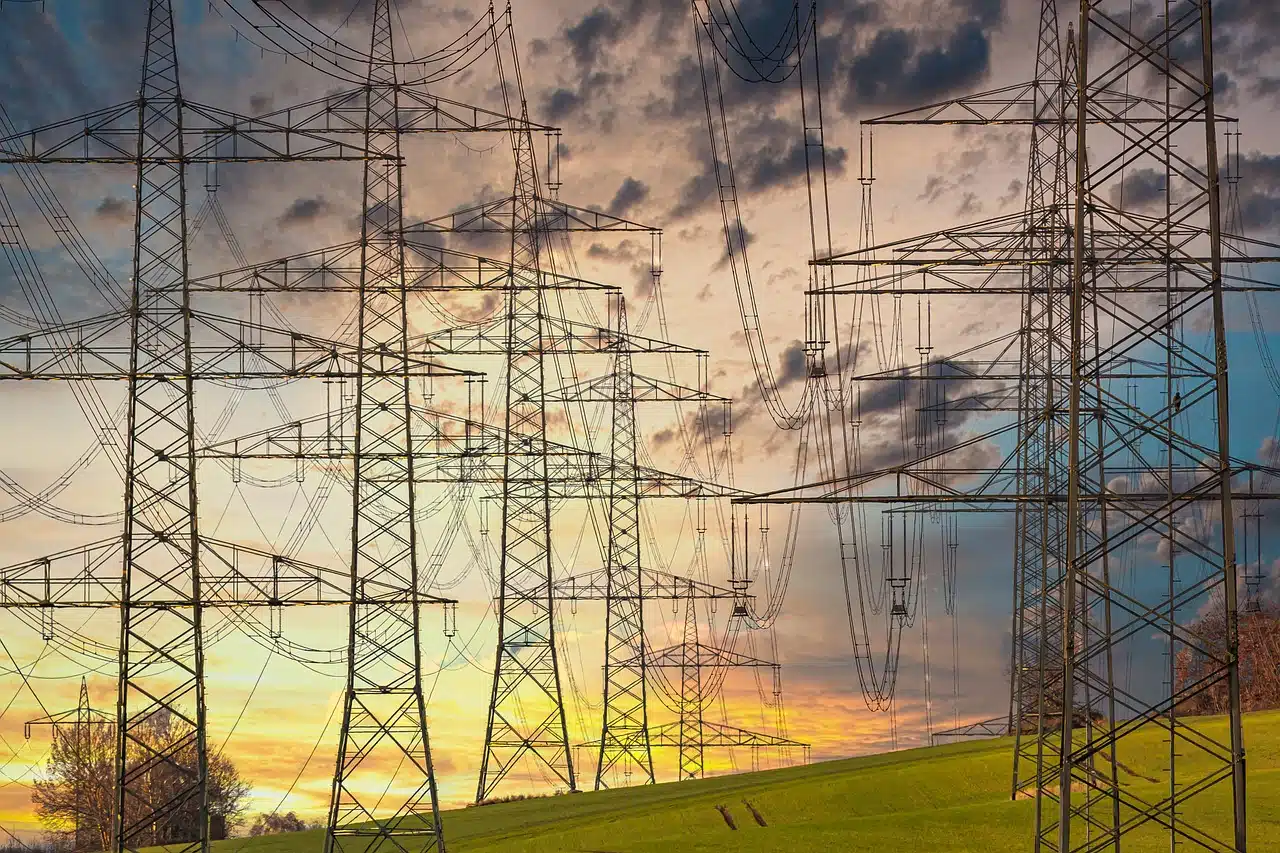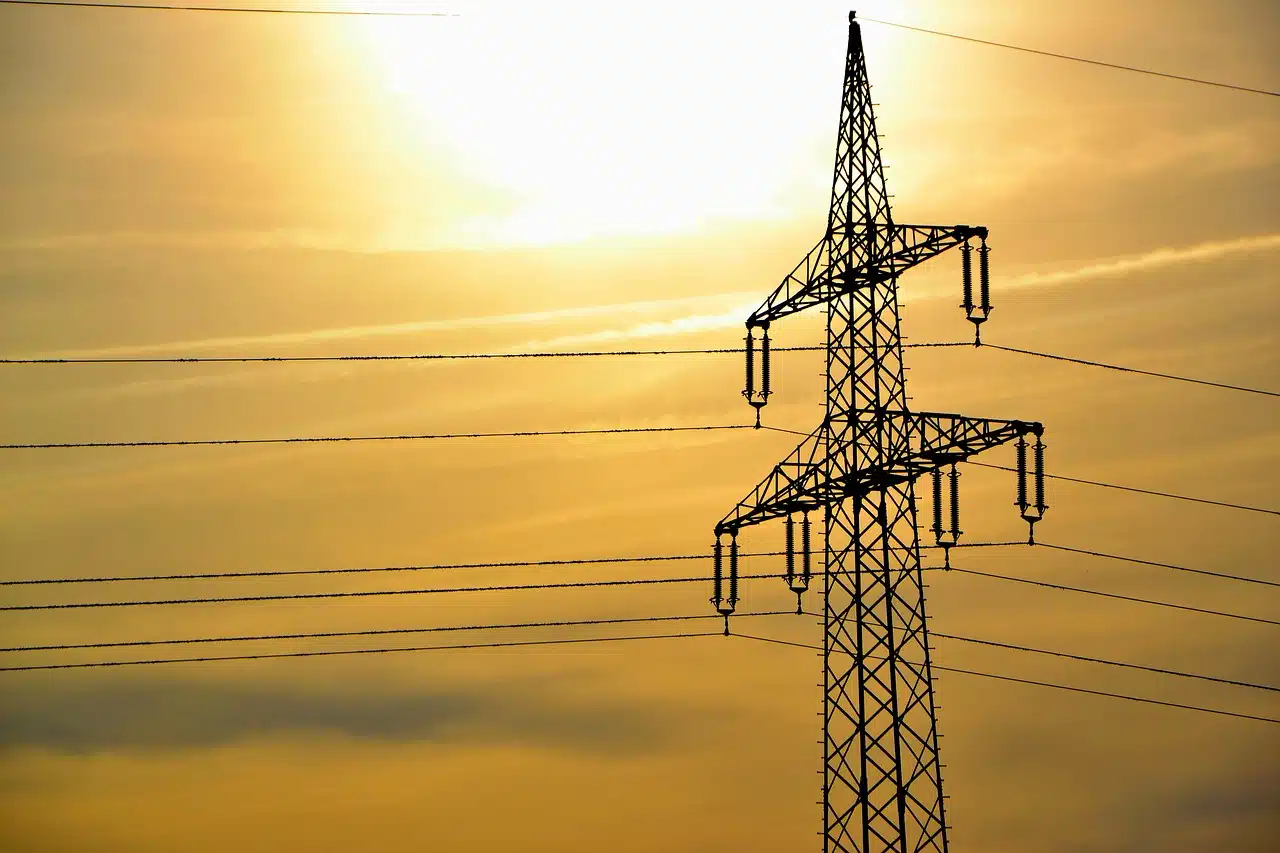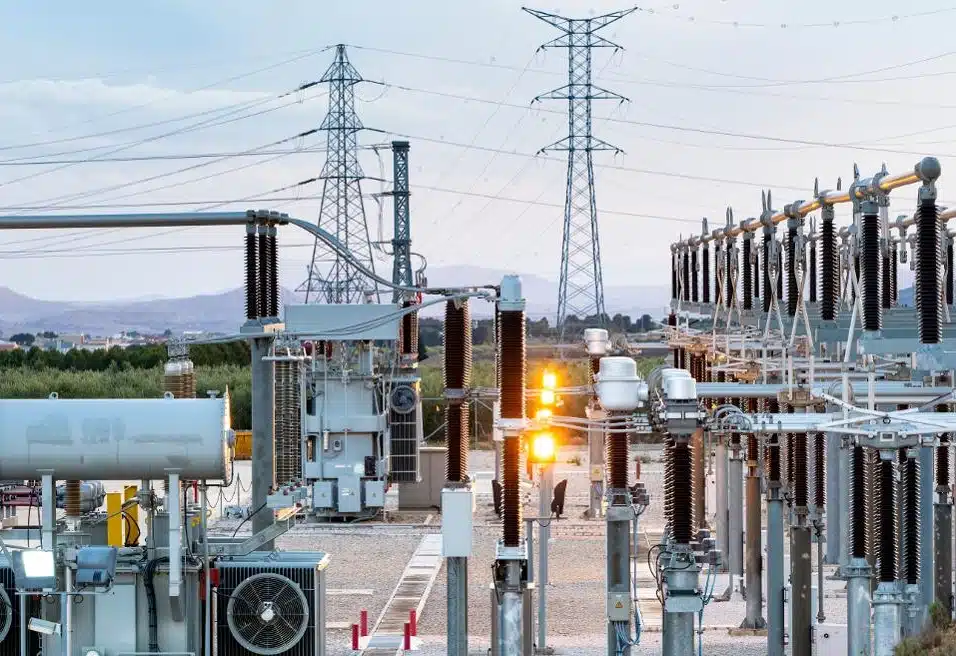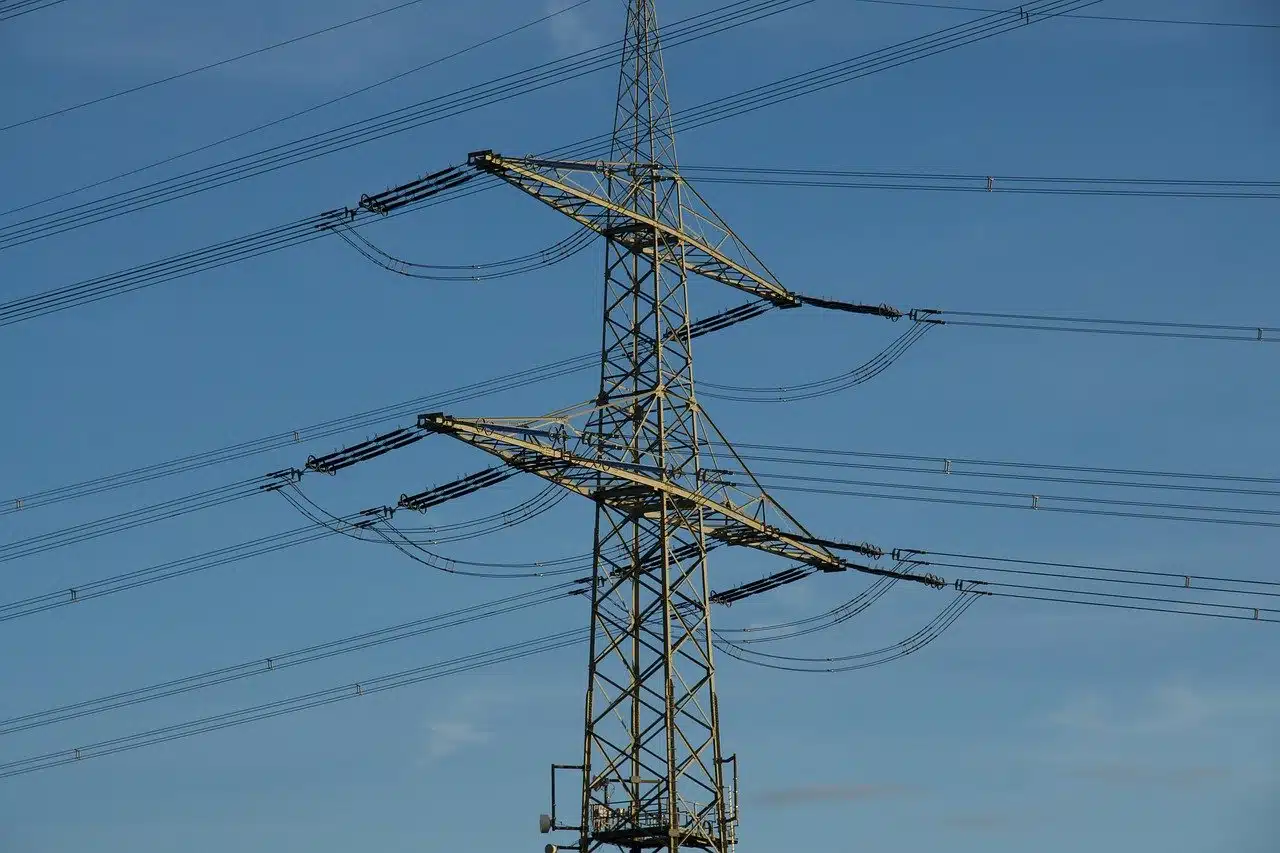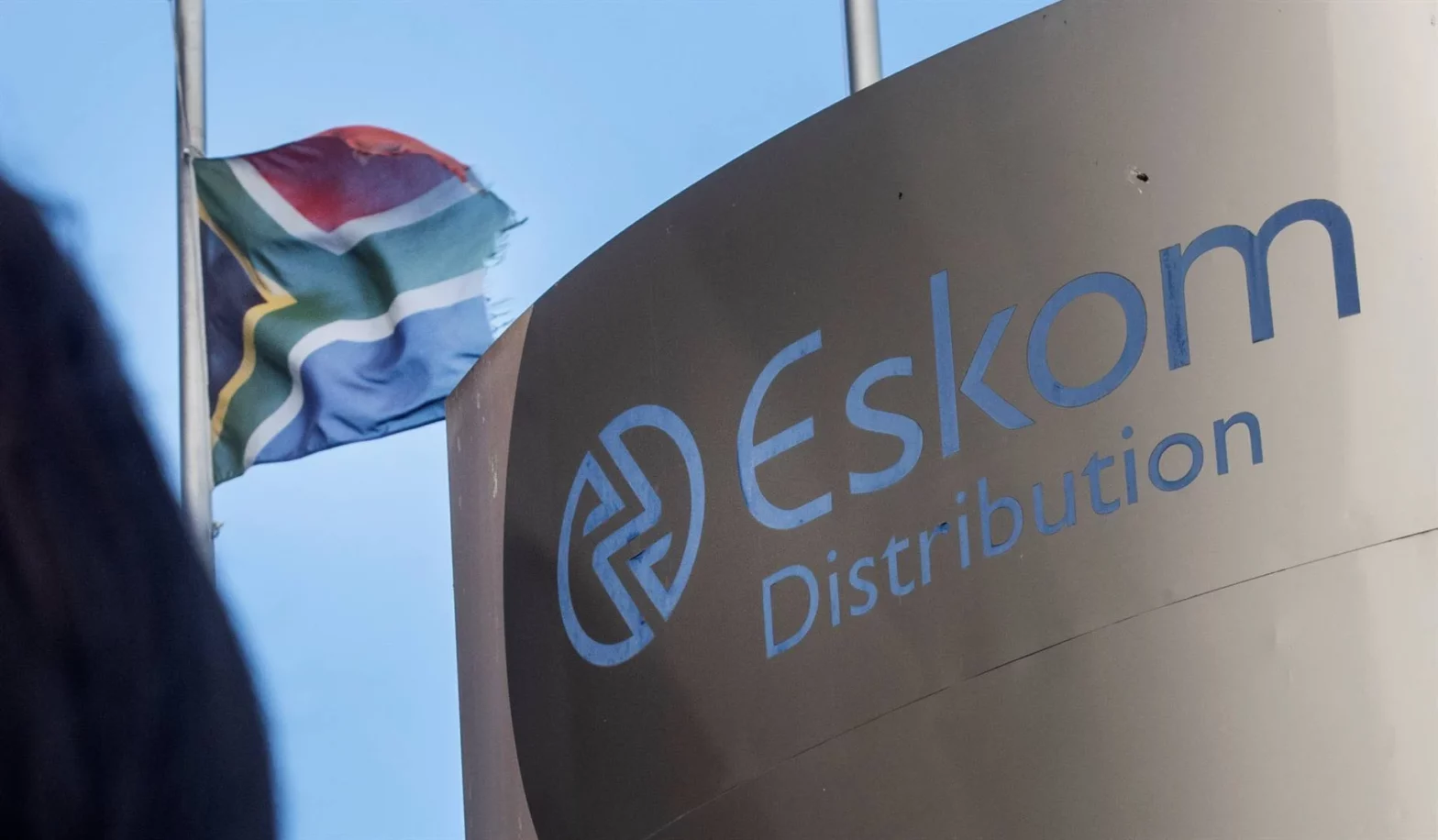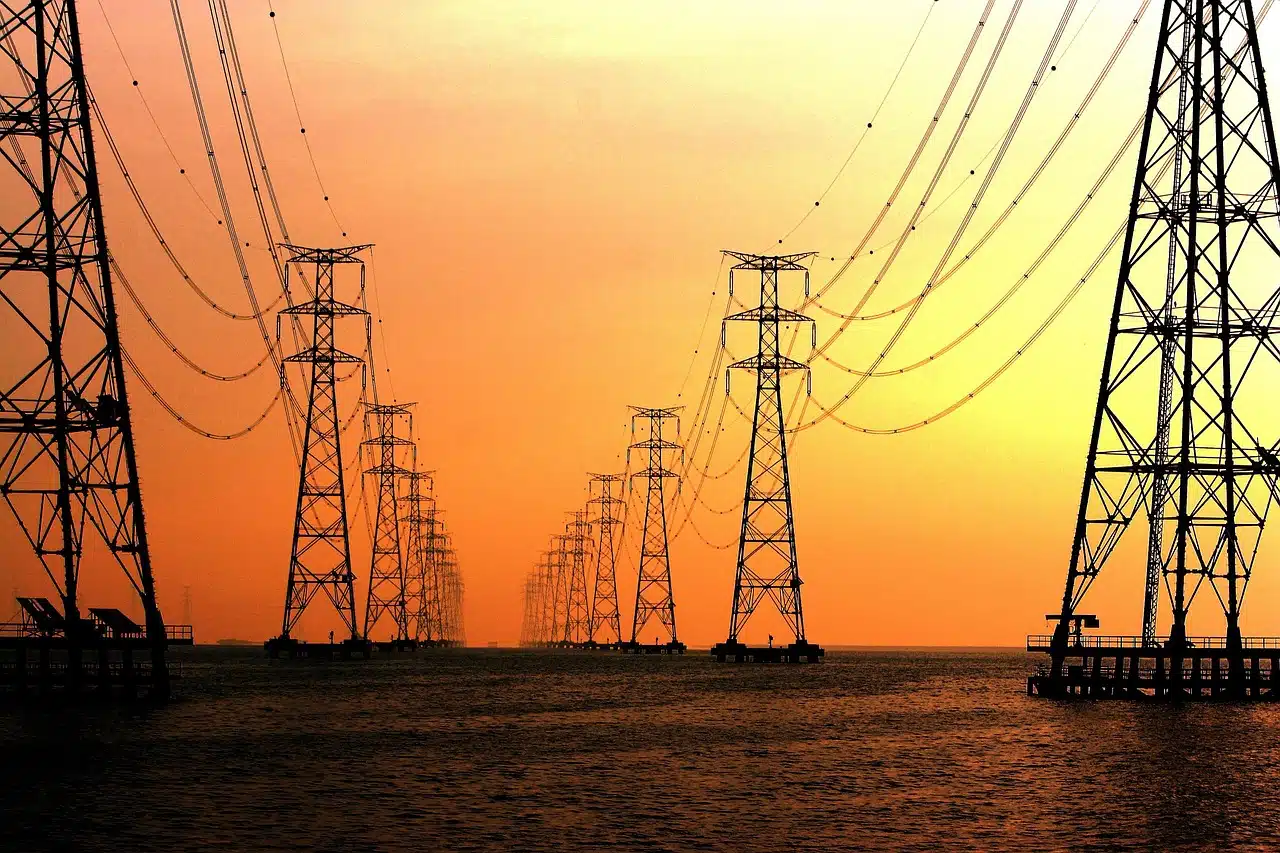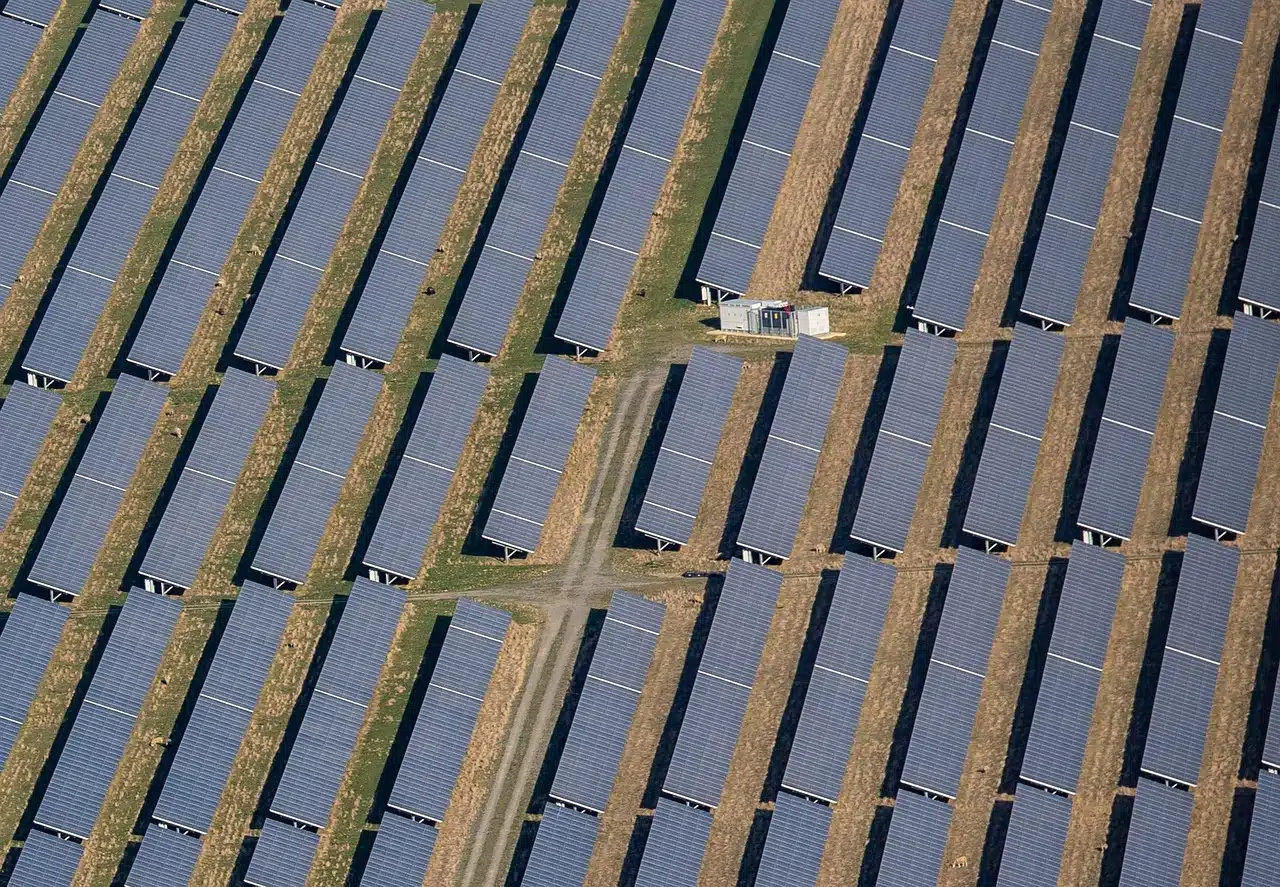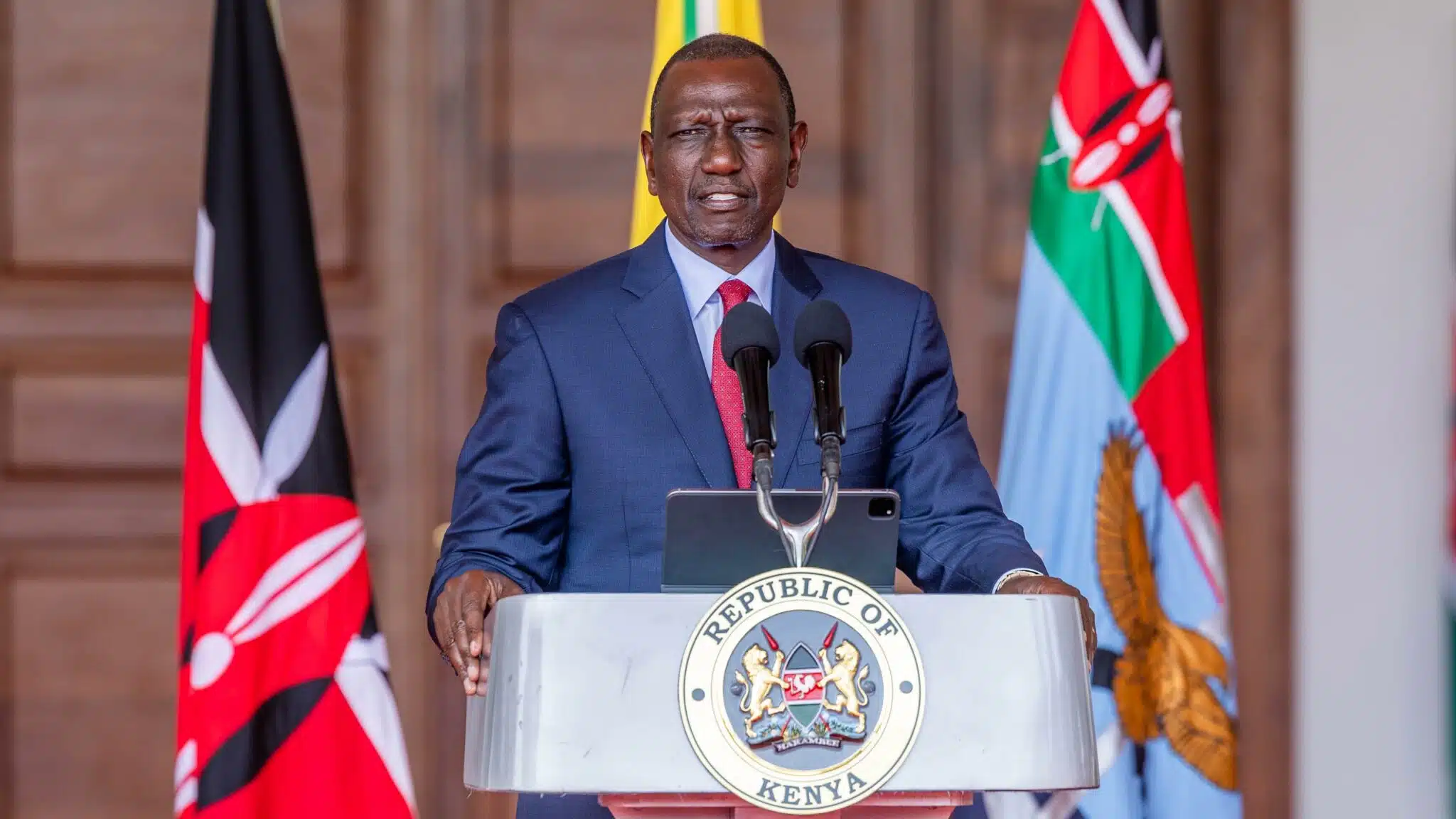East African nation, Uganda, has disclosed plans to invest $350 million to expand and improve the power distribution network over the next five years.
Speaking at a television interview, the spokesperson of Uganda’s state power utility Uganda Electricity Distribution Company Limited (UEDCL), Jonan Kizza, said the country aims to increase electricity access, by connecting 47,000 households and businesses to the grid every month.
Kizza was commenting on the state of Uganda’s electricity sector following the 100-days anniversary since UEDCL took over the country’s power distribution infrastructure from Umeme Limited.
Touting UEDCL’s achievements, Jizza said the company has collected 104% of billed revenue during the period since its operation, and paid $61.5 million (Shs 220.5 billion) to the Uganda Electricity Transmission Company Limited (UETCL).
The UEDCL spokesperson also noted that the company has upgraded four key substations in the Kabale, Kakiri, Kawanda, and Matugga regions and replaced 116 faulty transformers.
The company also said over 23,000 new customers have been connected to the grid, and they have a target to connect 510,000 new customers every year.
Earlier this month, the company in partnership with Uganda’s Ministry of Energy and Mineral Development launched a $638 million initiative to provide free electricity connections to over 900,000 households as part of World Bank-funded Electricity Access Scale-up Project (EASP).
UEDCL has recruited 2,601 employees, thereby reaching 96% of its staffing target.
Early setback for the utility company
Meanwhile, it’s not been all rosy for Uganda’s power sector since UEDCL took over after Umeme’s concession ended.
UEDCL reported a spike in vandalism and electricity theft, with 41 suspects arrested and 17 arraigned in court.
Some areas are facing transformer overload due to increased electricity demand.
Despite progress, many Ugandans continue to experience frequent power outages, leading to growing public frustration.
A survey by policy thinktank, Economic Policy Research Centre (EPRC) found that more businesses reported power cuts during the period that UEDCL has controlled the country’s electricity distribution network.
“The primary issues reported were increased power disruptions (79%), a perceived rise in electricity cost (fewer units for the same cost), and increased voltage fluctuation (10%).
“This disruption particularly affected energy-reliant sectors and larger businesses, with 49.8% of large manufacturers reporting issues,” the survey reads.
It’s not just humans causing electricity problems. Residents in the Pader, Abim, Agago, and Kotido Districts suffer power outages due to damaged poles, caused by wildfires in the region.
These issues have plagued UEDCL’s service delivery to Ugandans in the first 100 days even as they promise better service delivery.

